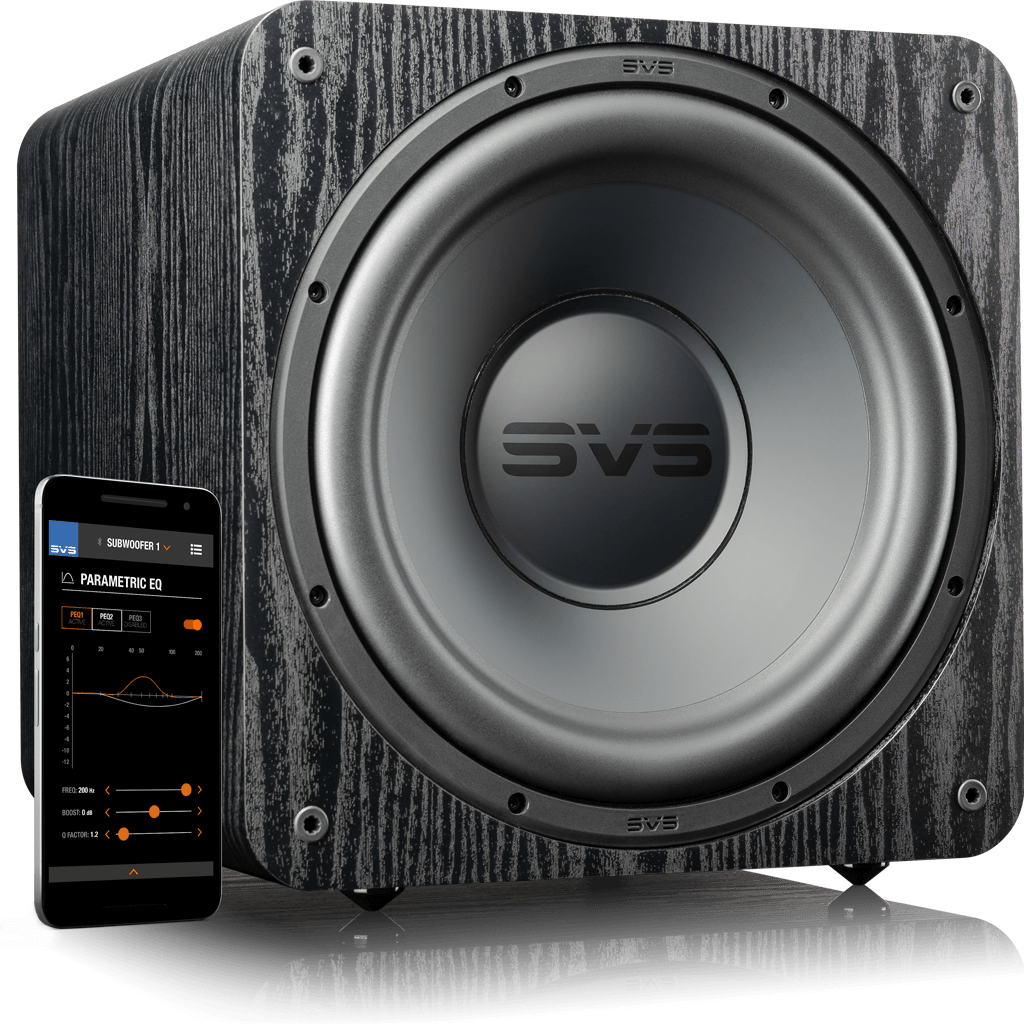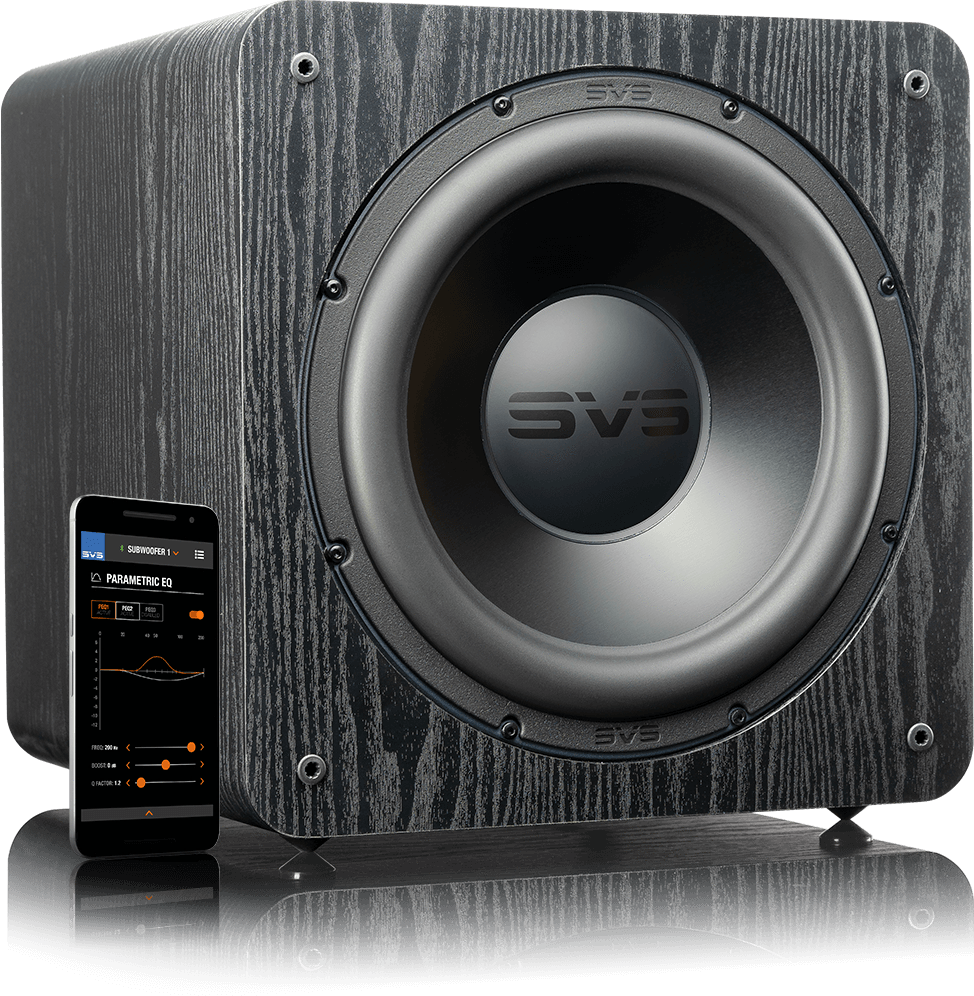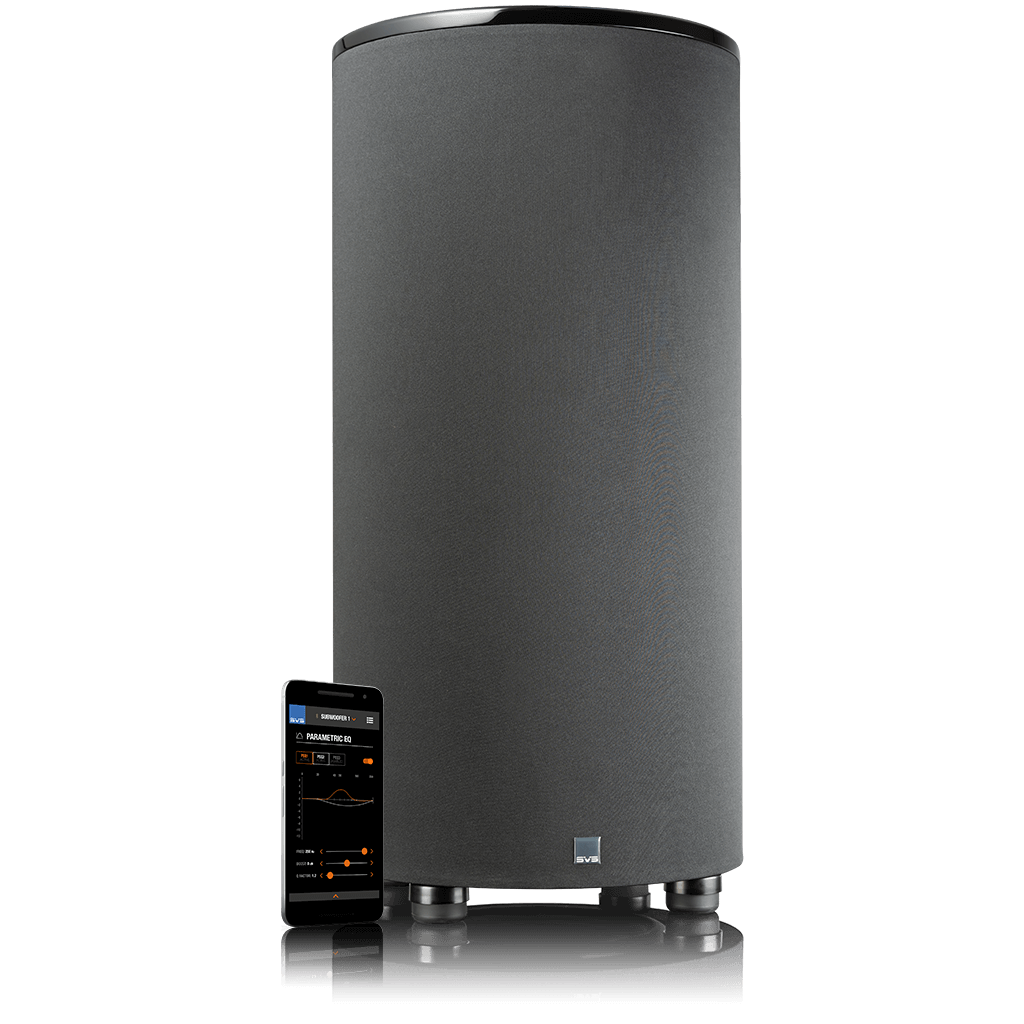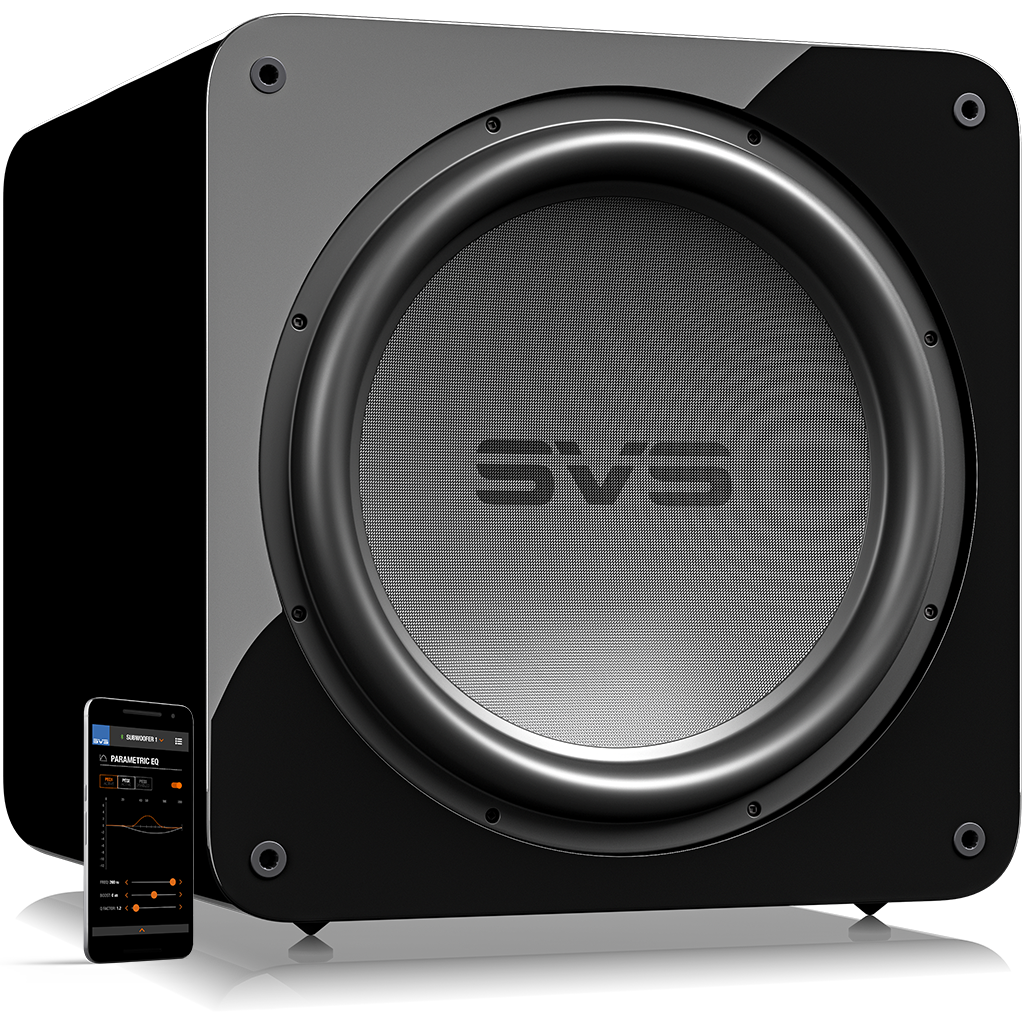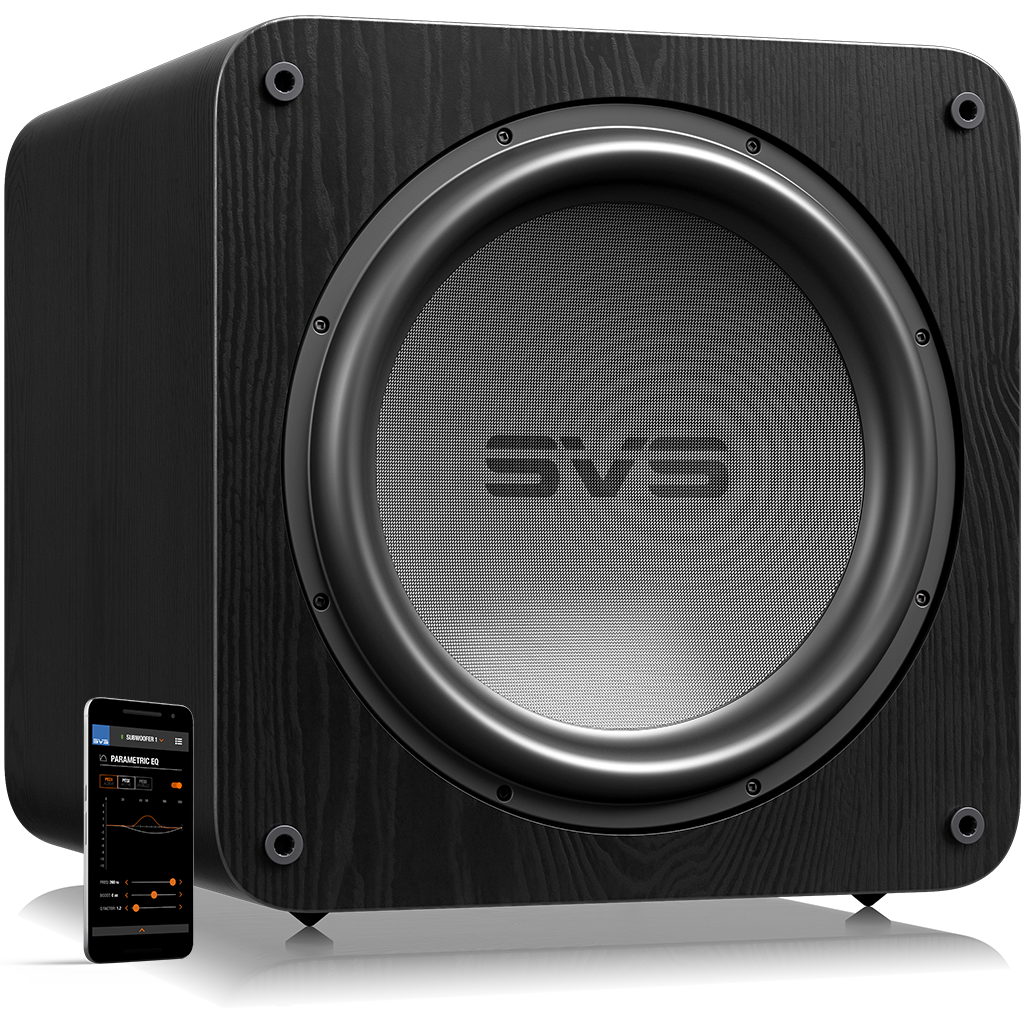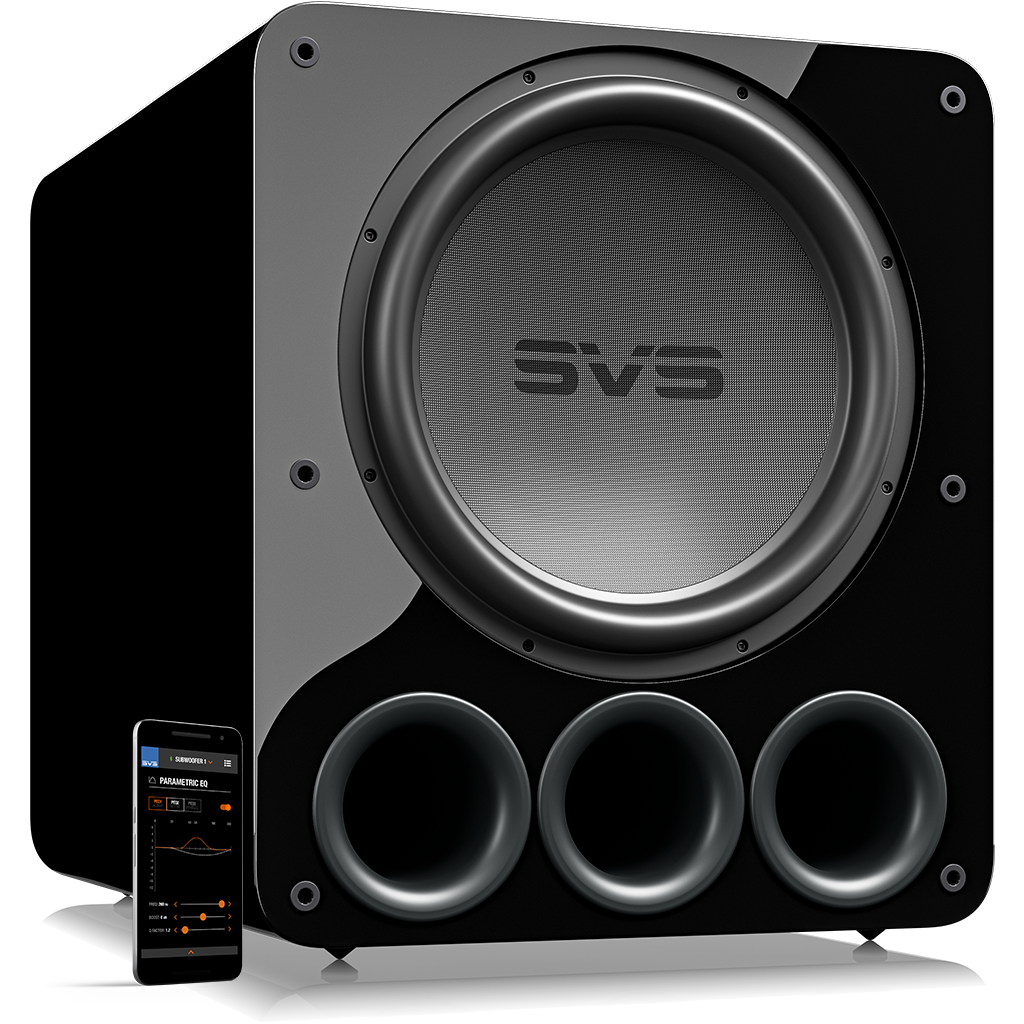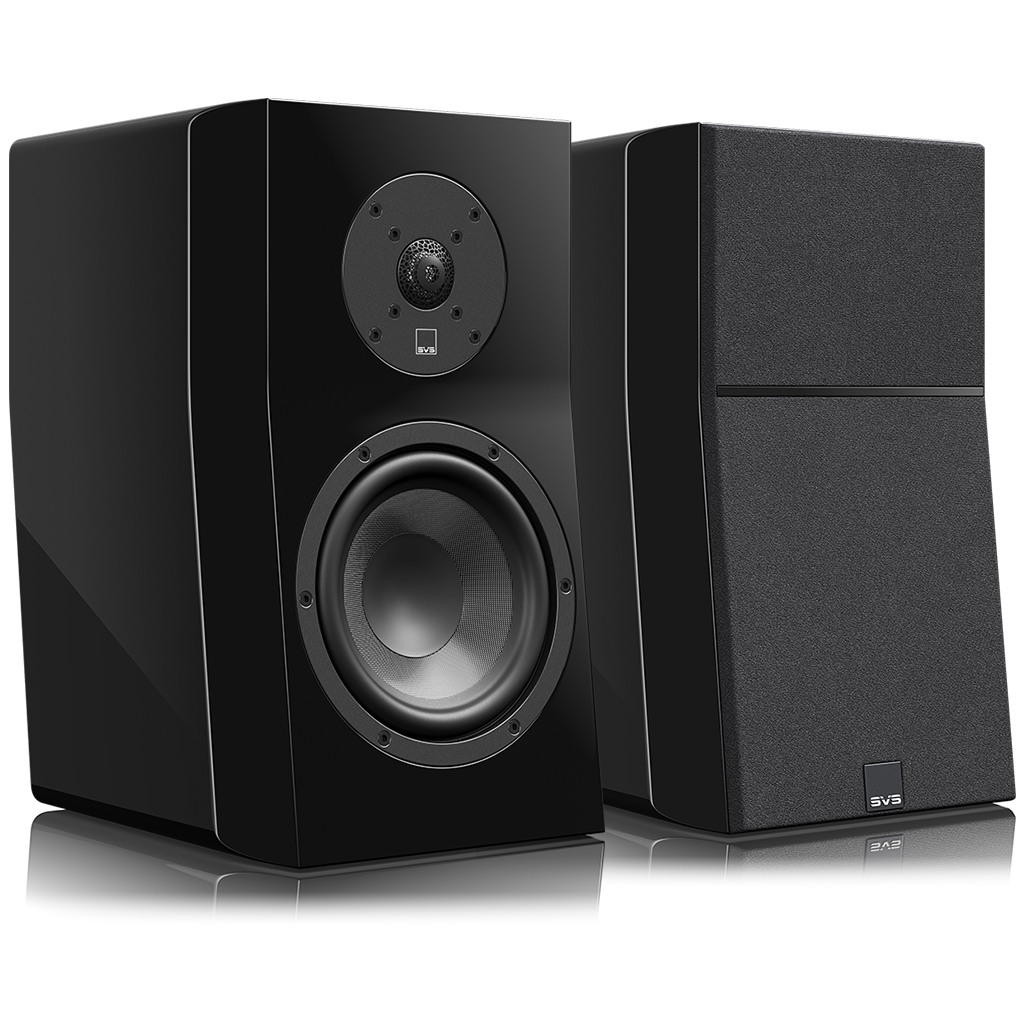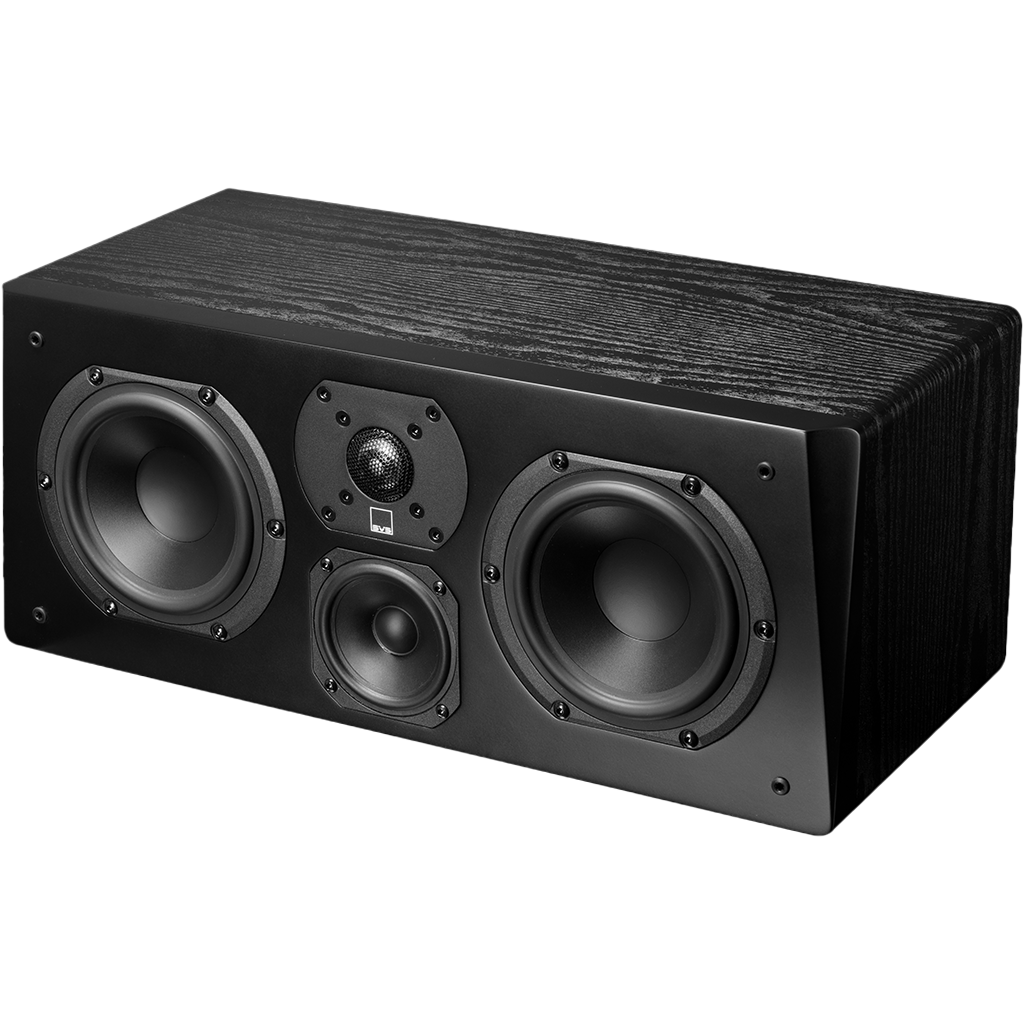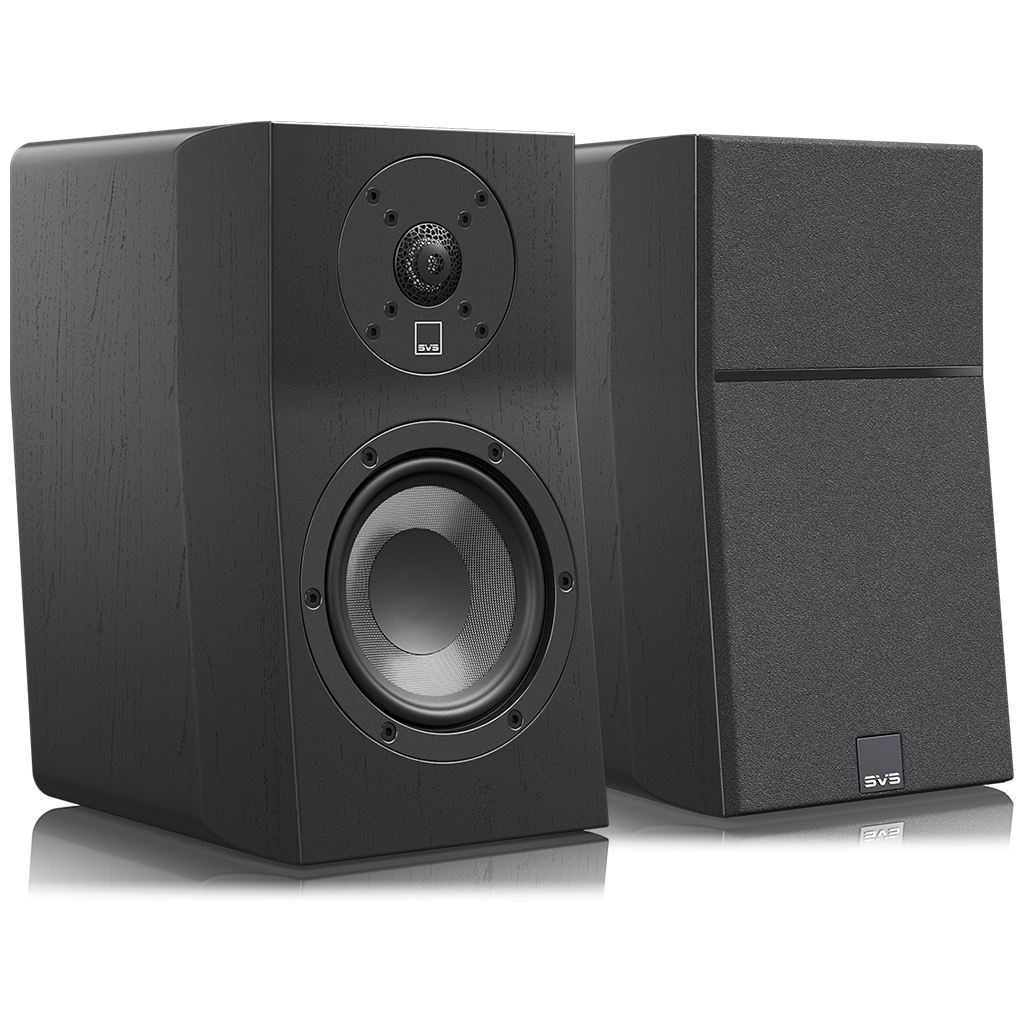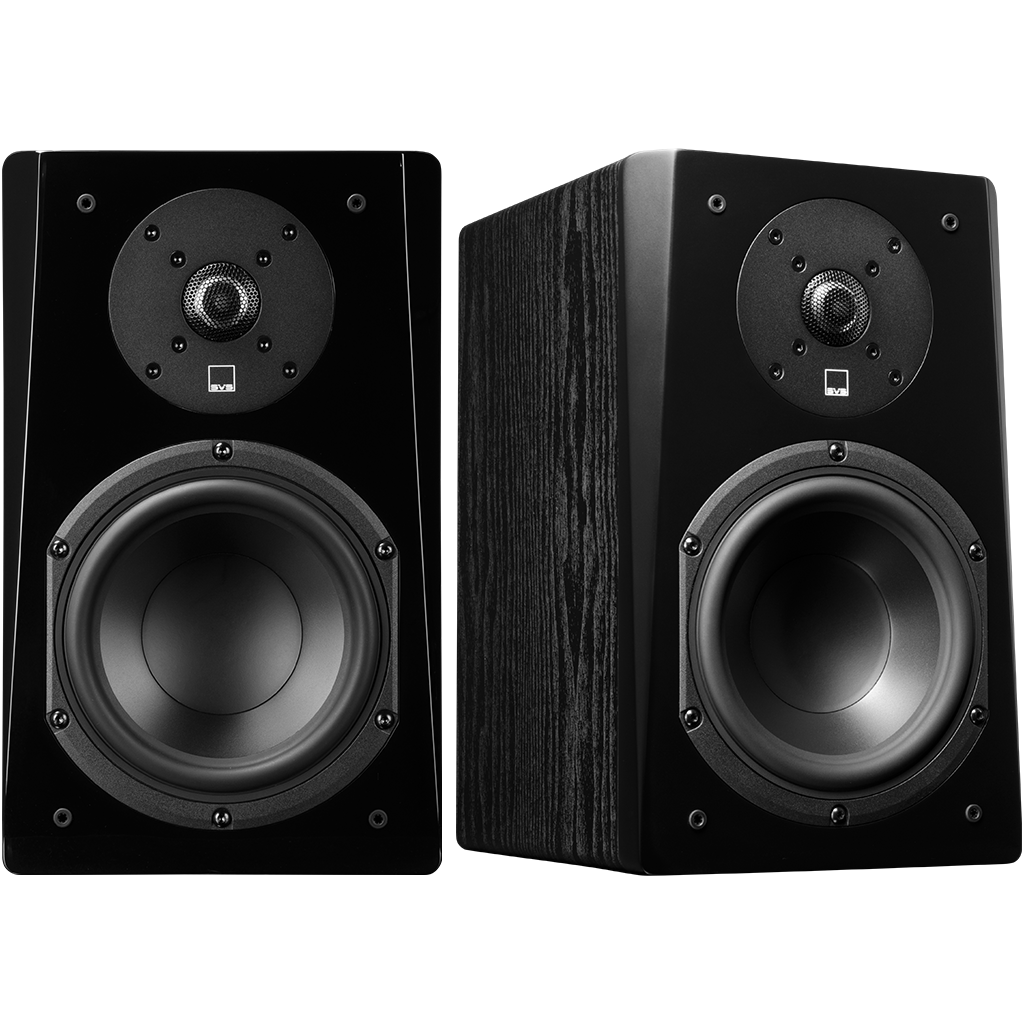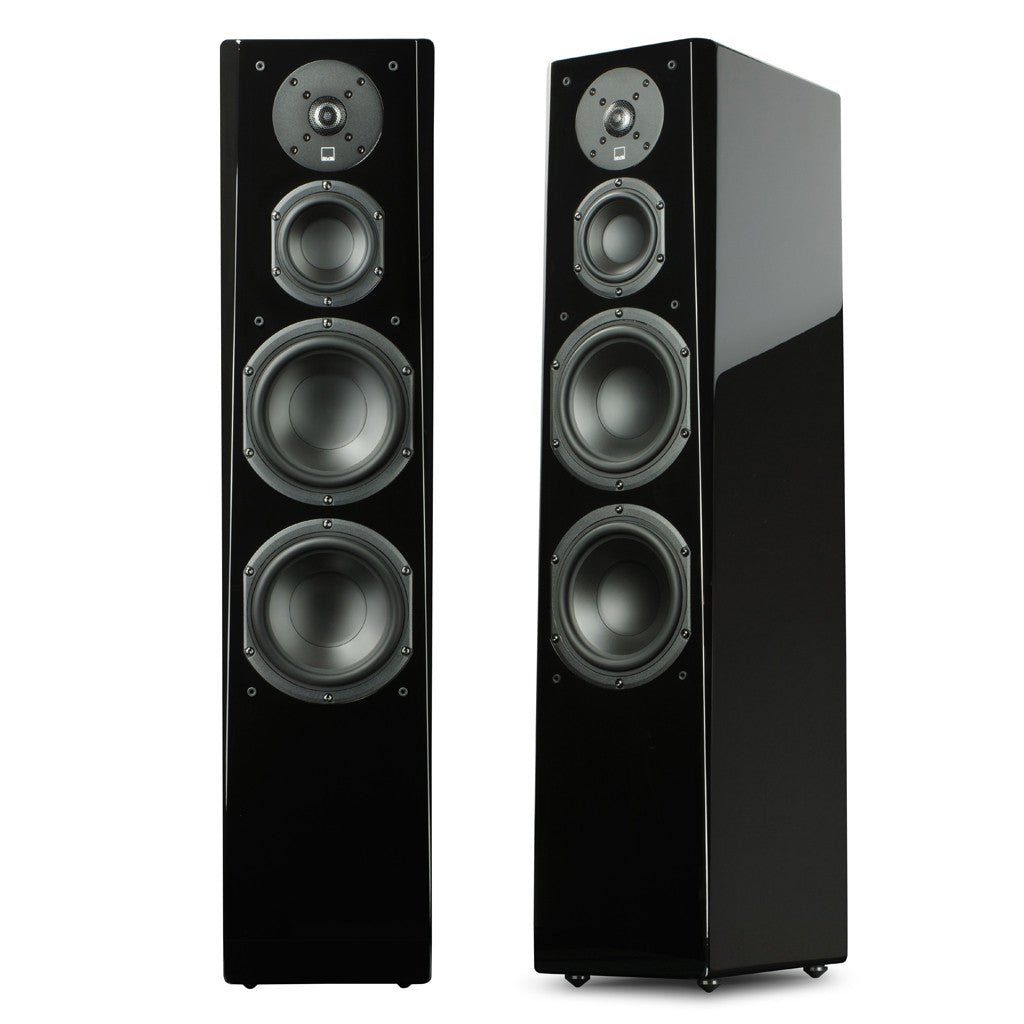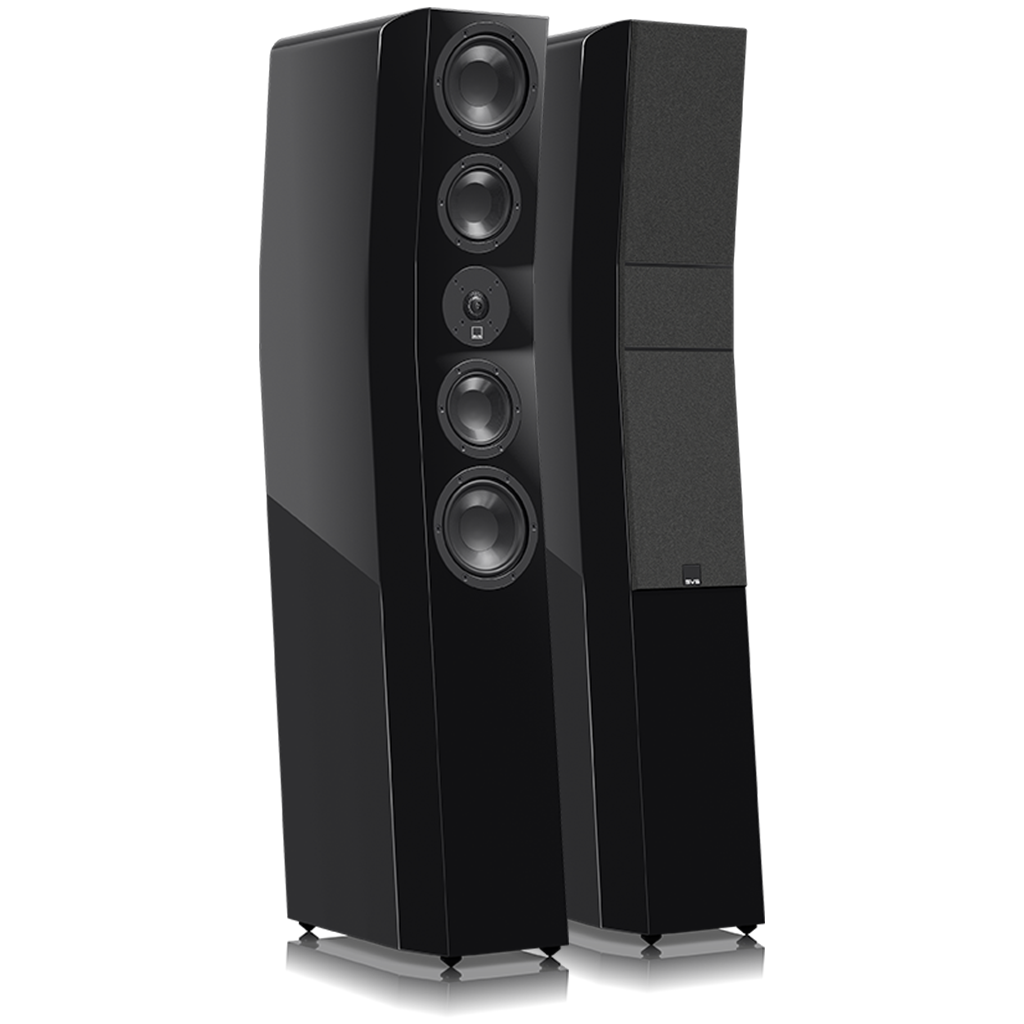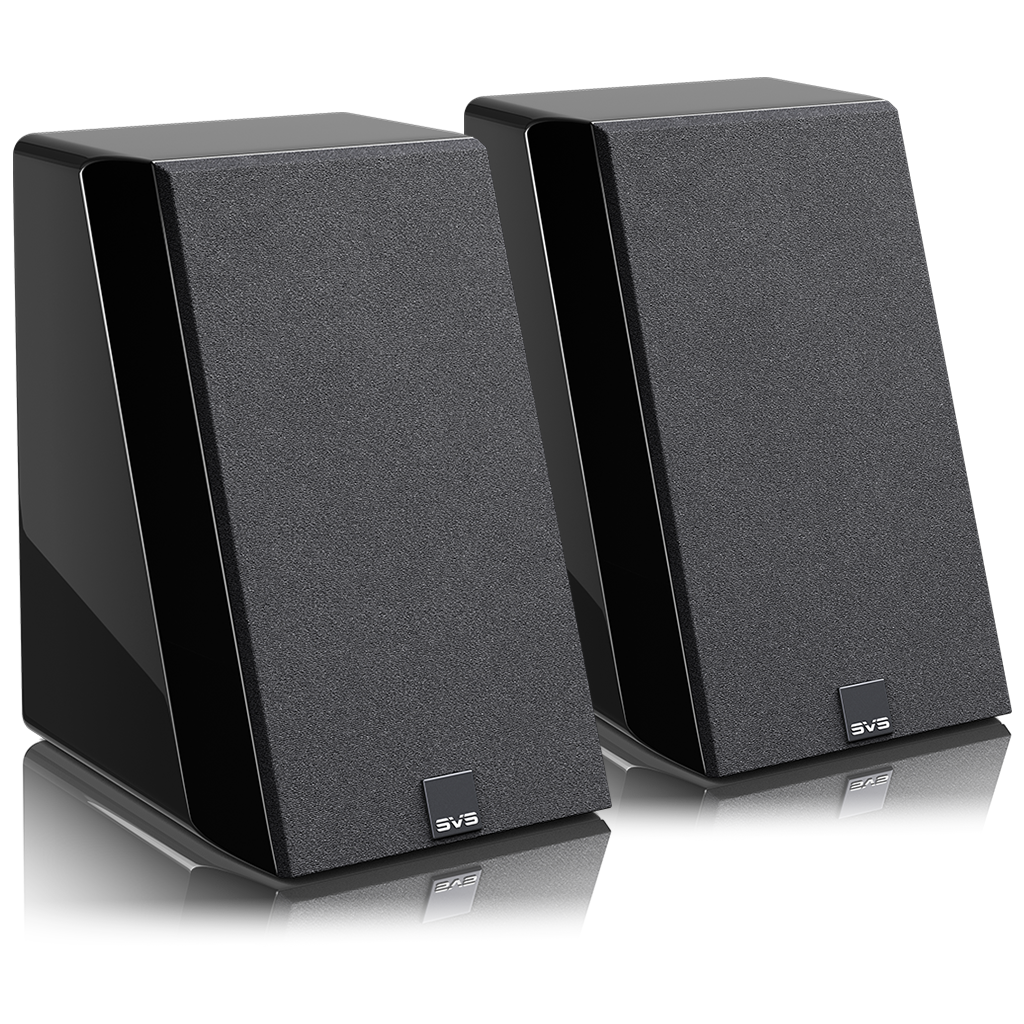The Magic of 2-Channel Stereo Speaker Systems
The Magic of 2-Channel Stereo Speaker Systems
While soundbars, Bluetooth speakers and home theater surround sound get most of the audio glory these days, 2-channel stereo speaker systems have been around much longer and are still enjoyed by a diverse and often discriminating audience. In this post, we’ll dive into what makes 2-channel systems special, choosing the best speakers, tips on placement, and how to get it sounding as good as possible.
Soundstage and Imaging: The Magic of 2-Channel Stereo Systems

The term "stereo," is typically applied to 2-channel speaker systems with left and right front speaker channels only. When properly designed and set up, a pair of loudspeakers presents a three-dimensional sonic picture that is generally described using two words: soundstage and imaging.
Loudspeakers can only achieve proper soundstage and imaging if they maintain accurate frequency response because accuracy creates synchronization, which is critical to rendering a rock-solid stereo image. Not only must speakers be faithful to the source material in terms of tonal accuracy, the drivers and crossovers must also play in perfect unison with each other to give the illusion of a seamless soundstage with no gaps. All SVS speakers are painstakingly designed to convey instruments, voices and all sound; accurately and naturally. Without pinpoint accuracy, the soundstage can seem distorted and the location of voices and instruments muddied together.
"Soundstage" refers to the sense of space in the sound. Of course, there is a sense of space directly between the two speakers; if a sound is played by both speakers, it appears to come from somewhere between them. But properly designed and placed speakers actually create a sense of depth, with some sounds appearing to be closer to you while others are farther away. The best powered stereo speaker systems can even create a soundstage that is wider than the physical locations of the speakers so you hear sound coming from the sides, behind and even above the speakers.
“Imaging” refers to the ability of a pair of stereo speakers to render different sounds as if they are coming from specific locations within the soundstage. For instance, you may hear a female vocalist right in front of you while the drumbeat is coming from behind the singer. The better the home stereo speakers, the more precise and accurate their imaging, and it is part of the “magic” of listening to music through great speakers. We take a deep dive into imaging in our blog, What is Stereo Imaging?
Stereo Speaker Placement Tips

Putting aside the loudspeaker’s inherent soundstage and imaging capabilities, placement and room boundaries are important factors to consider when setting up a stereo pair of speakers. Let's start with the listener. Ideally, the center of each speaker should form an equilateral triangle with the listener's head, and the speakers should be slightly angled—or "toed in"—to aim directly at the listener. Also, the tweeters should be at the same height as the listener's ears.
In every stereo system, there is a "sweet spot" where you will hear the best possible soundstage and imaging the speakers can create. If you like to listen with friends and family, you probably have a couch or multiple chairs in your listening room and as long as they are close to centered between the speakers, it will sound great. Speakers like the SVS Prime and Ultra Series include features like angled front baffles, FEA-optimized tweeter diffusers and other innovations to ensure the broadest sweet spot possible.
Next, consider the room. If possible, a pair of home stereo speakers should be freestanding at least 6-inches away from all walls with a little room to “breathe.” This space helps open up the soundstage and bring the image more into focus. That said, there are various options to consider when choosing the best speakers for your room, as we will explore in the next section.
Tower or Bookshelf Stereo Speakers?

One question the SVS Sound Experts are often asked is whether floorstanding tower speakers or bookshelf speakers work best for a home stereo system. That depends on several factors, including the size of the room and your budget.
Tower speakers are generally recommended in larger rooms because they are capable of greater output levels due to having larger cabinets and more drivers. Bookshelf speakers are often a better choice in small rooms where you are relatively close to the speakers.
As their name implies, bookshelf speakers can be placed in a bookshelf. But this is usually not a great idea, because the close quarters within the bookshelf can affect the sound of the speaker, especially if it's a rear ported design. It's generally better to place bookshelf speakers on stands away from the walls, or on top of an AV cabinet or other piece of furniture where they are not enclosed. Interestingly, because of their vertical orientation, tower speakers can actually take up less space than bookshelf speakers on stands.
Another consideration is that bookshelf speakers typically don't have as much deep bass extension as tower speakers, so you may consider adding a powered subwoofer to your home stereo system if going this route. (Adding a subwoofer to a tower-based system isn't a bad idea, either!) Of course, that means you'll need to find space for a subwoofer in the room. For more on subwoofer placement, check out this blog: The Art of Subwoofer Placement.
In terms of budget, bookshelf speakers are typically less expensive than towers. But that advantage might be offset if you add the cost of a subwoofer.
For more on the choice between tower and bookshelf speakers, check out this blog: Choosing Between Bookshelf and Tower Speakers.
Wired or Wireless Stereo Speaker System?

Options abound when it comes to choosing how to power a pair of speakers. AV receivers are the most common source of power and audio signal transfer and include a multitude of inputs/outputs for both 2-channel stereo and home theater surround sound systems. Most major name brand options are relatively affordable and sound great for the majority of people.
The very best 2-channel high-end speaker systems use a separate stereo preamp and stereo power amp which are strictly dedicated to providing clean, effortless power and pristine sonic output. There’s no denying they sounds the best, but can also get shockingly expensive and offer diminishing returns when you hit a certain point.
Gaining popularity are modern wireless integrated stereo amplifiers, like the SVS Prime Wireless Pro SoundBase, which can be connected to existing passive speakers. These components include wireless streaming capabilities from your smartphone or other devices, powerful DACs, and ample power to drive speakers to their full potential. They often include a dedicated subwoofer output and other inputs for multi-device connectivity. In this case, the connection to your stereo speakers is as simple as plug-n-play and you have all your music at your fingertips.
One of the most popular solutions for folks who want quick, affordable and easy set-up are wireless Bluetooth stereo speakers, like the SVS Prime Wireless Pro Powered Speaker Pair. These speakers are the ultimate in convenience because they are self-powered, so they don't need a separate receiver or power amp, and they avoid the clutter of speaker cables altogether.
Some portable Bluetooth speakers are battery powered, but when searching for the best sounding wireless stereo speaker system, it is important to focus on those that plug into an AC power outlet and include WiFi as a streaming option. WiFi speakers have more bandwidth and allow you to stream at full high-resolution, something Bluetooth-only speakers can’t deliver. This means deeper and more powerful bass, improved dynamics, detailed clarity, and the ability to play loud without distortion. In general, a better overall listening experience.
All you have to do is pair them with your smartphone or other device and you can start streaming music immediately. There are several streaming sources of high-quality music, such as Qobuz, Amazon Music HD, and Tidal's Master library, but that requires a monthly subscription. Alternatively, you can stream music from a library you've assembled on a local storage device. If you’d like to learn more about streaming in high-res, check out this blog, High-res Music Streaming and the Future of HiFi.
The Wrap-up
With a rush to the simplicity of soundbars and ever more channels in home-theater systems, many audio fans have forgotten the simple pleasure of stereo speakers. After all, most music is still released in stereo format, and we recommend listening to it as the artist did while they were recording and mixing it—with stereo speakers. If you follow the tips presented here, you will discover the magic of stereo speaker systems.
Have questions on anything you just read? Please ask in the comments and an SVS Sound Expert will reply promptly.
SVS manufactures a wide range of award-winning speakers, subwoofers, wireless audio products, surround sound systems, cables, and accessories. To learn more, shop all SVS products here.




